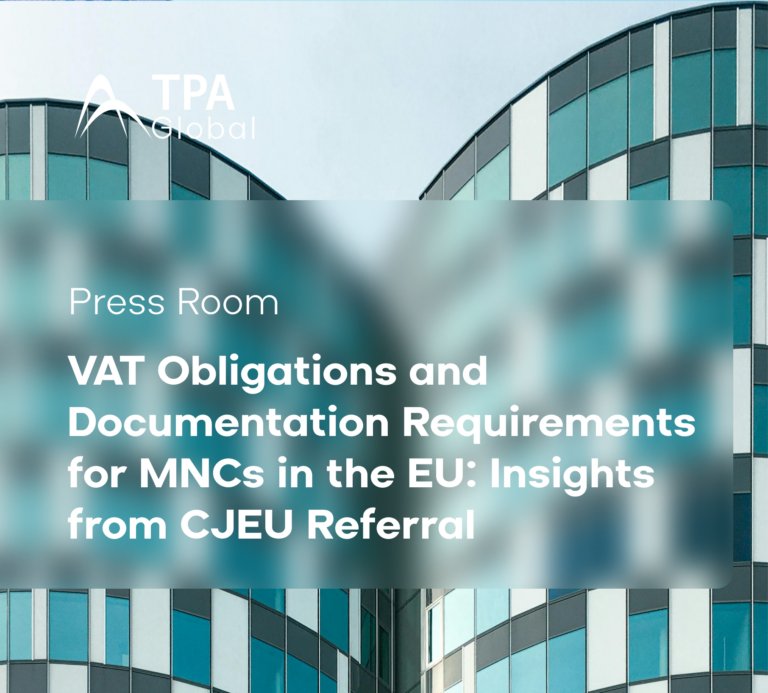In the wake of the EU Digital Finance Package, the European Commission has taken a step forward with the Markets in Crypto-assets Regulation (MiCAR), designed to establish a comprehensive framework governing crypto-assets within the European Union. Scheduled to come into effect on 30 December 2024, MiCAR signifies a critical milestone in regulating this burgeoning sector. Notably, Titles III and IV are set to apply earlier, commencing on 30 June 2024.
This overview aims to look into the core obligations imposed by MiCAR, detailing the timeline of these obligations’ applicability and providing guidance on subsequent measures, specifically Level 2 and 3 implementing measures. Furthermore, it encompasses the revision of the Transfer of Funds Regulation, extending its application to encompass crypto asset transfers. Following its publication in the official journal of the European Union, MiCAR officially entered into force on 29 June 2023.
Introduction and Scope of MiCAR: Defining Crypto-Assets
Before the advent of MiCAR, the provision of virtual asset services lacked regulation at the EU level, leaving it subject to varying legislations across member states. MiCAR aims to rectify this by offering a robust legal framework for the development of crypto-asset markets within the EU, covering assets, markets, and service providers that previously operated outside regulatory purview.
Applicable to issuers of crypto-assets concerning offers to the public and admission to trading, MiCAR extends its scope to encompass those offering crypto-asset services. A “crypto-asset” is defined as a digital representation of value or rights transferable and storable electronically using distributed ledger technology or similar means.
Categorization of Crypto-Assets Under MiCAR:
MiCAR classifies crypto-assets into three main categories:
- Asset-Referenced Tokens (ARTs): Crypto-assets maintaining stable value by referencing another value, excluding official currencies.
- Electronic Money Tokens (EMTs): Maintaining stable value by referencing an official currency.
- Utility Tokens: Intended solely to offer access to goods or services supplied by the issuer.
Exclusions from MiCAR:
Assets already covered under existing EU legislation, such as financial instruments and structured deposits under MiFID II, funds under PSDII (excluding EMTs), deposits under the EU Directive on Deposit Guarantee Schemes, and securitizations under the Securitization Regulation, fall outside MiCAR’s purview.
Objectives of MiCAR:
The primary goals of MiCAR encompass:
- Providing legal certainty for non-regulated crypto-assets
- Fostering innovation and fair competition
- Facilitating the development of crypto-assets and distributed ledger technology (DLT)
- Safeguarding consumers, investors, and market integrity
- Ensuring financial stability
Regulatory Focus Areas Under MiCAR:
MiCAR introduces stringent rules focusing on:
- Transparency and disclosure requirements for crypto-asset issuance and trading
- Authorization and supervision of crypto-asset service providers (CASPs) and issuers of ARTs and EMTs
- Protection of crypto-asset holders and clients of CASPs
- Safeguarding market integrity against potential abuse
Regulation of Crypto-Asset Services:
MiCAR subjects various crypto-asset services to regulation, including custody, trading platforms, exchange, order execution, advice provision, portfolio management, and transfer services. CASPs will face stringent authorization, prudential, conduct of business, and governance requirements.
Issuers of Crypto-Assets:
Entities issuing crypto-assets to the public or seeking admission to trading platforms face specific obligations, including drafting compliant white papers, adhering to prescribed marketing communication standards, and obtaining approvals from regulatory authorities.
Timeline and Transitional Measures:
MiCAR’s official entry into force occurred on 29 June 2023, directly applicable across EU member states. The regulation will be fully in force by 30 December 2024, with certain sections (Titles III and IV) applicable earlier, starting from 30 June 2024. Transitional measures exist for entities providing services before MiCAR’s enforcement.
Delegated Acts and Guidelines:
MiCAR assigns several mandates to regulatory bodies such as the EBA and ESMA for drafting delegated acts and technical guidelines. These consultations aim to establish comprehensive technical standards governing various aspects of crypto-asset regulation, focusing on investor protection, market abuse monitoring, and system resilience.
Transfer of Funds Regulation (WTR II):
To complement MiCAR, the scope of the Transfer of Funds Regulation is extended to encompass crypto asset transfers. This expansion brings forth stringent anti-money laundering provisions, including mandatory disclosure of originator and beneficiary data, irrespective of transfer value.
In conclusion, MiCAR heralds a new era in the regulation of crypto-assets within the EU, aiming to bring comprehensive oversight, protect stakeholders, and foster innovation. Stakeholders operating in this domain must navigate these new obligations and timelines while aligning with evolving guidelines for compliance and operational continuity.
This detailed overview provides tax professionals, investors, and stakeholders in the crypto-asset ecosystem with critical insights into the labyrinth of MiCAR and its implications for their operations and compliance measures.
To keep updated on news, visit our Global News Page.
Don’t miss our most recent updates and articles; follow us on LinkedIn.



